Albuquerque has implemented many programs to incorporate bicyclists into its transportation plan. This hard work has paid off — the city earned a Silver award for bicycle friendliness from the American League of Bicyclists.
But Albuquerque still has more work to do. It has a lot of bicycle accidents for its size. And it has only half of the bicycle facilities it needs to move up to a Gold award.
Albuquerque Bicycle Crash Statistics
Because of New Mexico’s population distribution, Albuquerque accounts for most of the state’s bicycle crashes. According to the New Mexico Pedalcycle Crash Statistics report, 53% of the state’s bicycle crashes between 2016 and 2020 happened in Albuquerque. The second-highest percentage of crashes (9%) happened in Las Cruces.
The percentage of bicycle crashes held steady between 2016 and 2019. Over these years, about 0.8% of all traffic accidents in the state involved a bicycle. The state saw roughly 370 crashes per year during this time.
Since 2020, both the state and the city have become safer for cyclists. The percentage of traffic crashes involving bicycles dropped to 0.7% in 2020. In its most recent New Mexico Traffic Crash Annual Report, 0.6% of traffic crashes involved bicycles in 2021.
More importantly, this drop was fueled by a drop in bicycle crashes rather than an increase in non-bicycle crashes. The total number of bicycle crashes in New Mexico fell from a high of 379 in 2017 to the most recent count of 241 in 2021.
According to the Pedalcycle Crash Statistics report, Albuquerque averages about 188 bike crashes per year. Between 2016 and 2020, the city had 941 of the state’s 1,767 bicycle accidents.
Albuquerque Bicycle Crash Outcomes
Of the city’s 941 bicycle crashes between 2016 and 2020:
- 18 bicyclists suffered fatal injuries
- 58 cyclists had serious injuries that required ambulance transport to a hospital
- 399 cyclists experienced minor, visible injuries
- 340 cyclists complained of pain or other symptoms with no visible wound
126 bicyclists walked away from their accidents without any apparent injuries. This means over 86% of cyclists hit by cars in Albuquerque suffered injury or death.
Dangerous Times to Bicycle in Albuquerque
According to the Pedalcycle Crash Statistics report, weekdays are more dangerous for bicyclists than weekends. Each weekday accounts for roughly 16% of the weekly crashes, while each weekend day contributes only about 10% of the weekly crashes.
This pattern happens largely because of the afternoon commute. Nearly one-quarter of all bicycle crashes in the city happen during the three hours between 4 p.m. and 7 p.m. The higher volume of vehicle traffic during the evening rush hours significantly increases the risk of a collision.
Interestingly, the most dangerous months for bicyclists are the months with the city’s hottest temperatures. The town sees spikes in bicycle crashes in June, August, September, and October. The safest months are also the coolest. January, February, and December typically have only half as many crashes as the peak months.
Causes of Albuquerque Bike Crashes
Bicycle crashes happen for many reasons. Some of the factors that increase the risk of a bike crash include:
Darkness
About 24% of crashes happen at night, dawn, or dusk. Darkness is more dangerous for bicyclists than vehicles due to bicycles’ small size and smaller lights and reflectors.
Failure to Yield
According to the Traffic Crash Annual Report, about 21% of bike accidents happen when a driver fails to yield the right of way to a bicycle.
These crashes sometimes happen when a driver fails to spot a cyclist at an intersection, driveway, or merge. But they also occur when the driver spots the bicycle and tries to beat the cyclist.
Distracted Driving
According to the Traffic Crash Annual Report, distracted drivers cause about 11% of bicycle crashes. Distractions prevent drivers from spotting cyclists on the road. They also reduce drivers’ time to avoid a crash once they spot a cyclist.
Bicyclist Errors
Notably, the Traffic Crash Annual Report attributes only about 2.2% of bicycle crashes to bicyclist error. In other words, vehicle drivers caused over 97% of Albuquerque’s vehicle-bicycle collisions.
The prevailing cyclist-related factor was drugs and alcohol. About 1.6% of bicycle operators involved in crashes were impaired by intoxicants when they collided with a vehicle.
Bicycle Infrastructure in Albuquerque
Albuquerque has over 400 miles of bikeways. These bicycle facilities include:
- Bike lanes that separate bicycles from motor vehicles with painted lines
- Buffered bike lanes with a buffer space between bike lanes and vehicle lanes
- Multi-use trails that are closed to motorized traffic and allow only bikes and pedestrians
These bikeways crisscross the city and connect many of its residential areas with commercial centers and tourist attractions. But while these bikeways provide some protection from vehicle collisions, they do not guarantee safety.
Intoxicated or distracted drivers can cross into bike lanes. And many drivers do not follow the rules when approaching right-turn lanes. As a result, the city has committed to spending millions of dollars expanding bicycle facilities, including new and extended multi-use paths.
To extend your range, you can ride ABQ RIDE and Rail Runner with your bike. On Rail Runner trains, you can store your bike in the wheelchair space if no one has already used it.
ABQ RIDE has different procedures for boarding depending on the type of bus. Albuquerque Rapid Transit (ART) buses have a bike trough at the back of the bus. You board the bus and store your bike. On regular buses, you must load your bike onto the bike rack at the front of the bus before boarding.
Riding Your Bicycle Safely in Albuquerque, NM
Even though Albuquerque sees nearly 200 collisions between bicycles and vehicles yearly, it also has bike trails and lanes to buffer you from vehicle traffic. Remember to plan your route using the city’s bike map and always wear a helmet. With some planning and caution, you can ride your bike safely in Albuquerque.

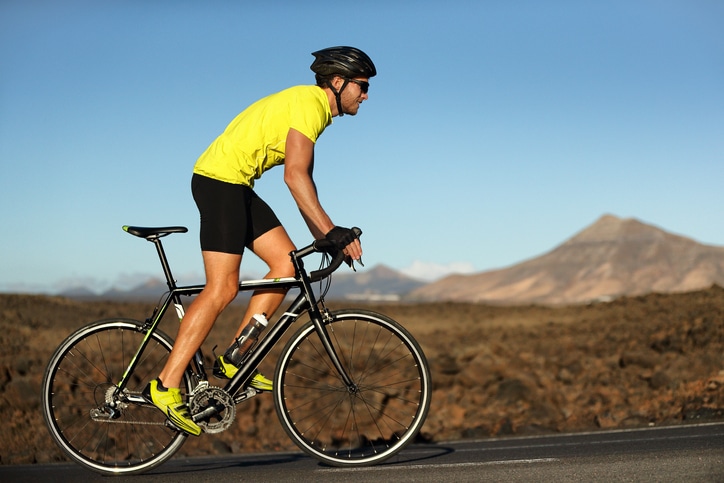
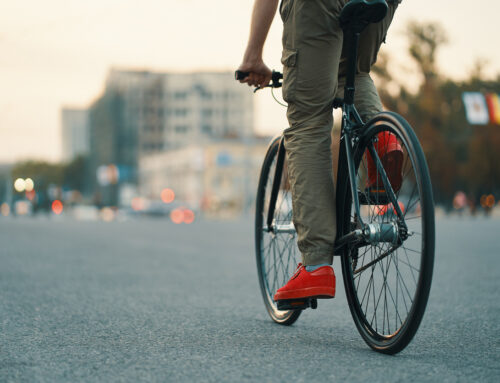
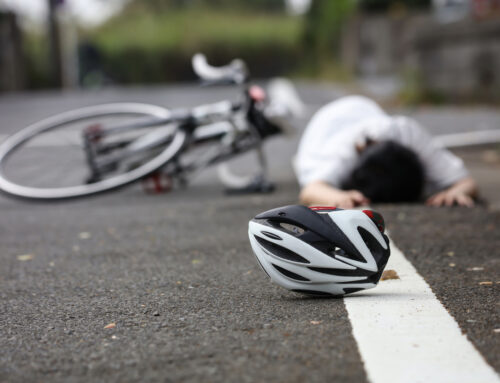
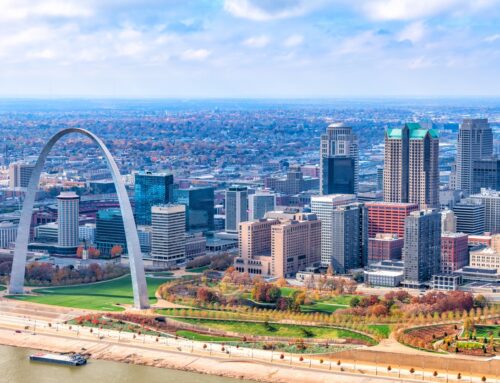
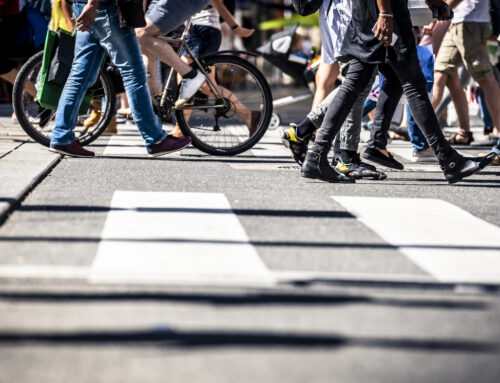
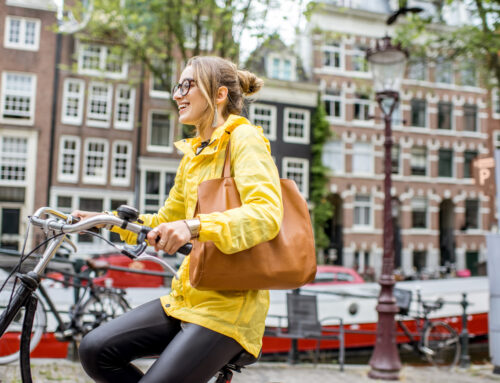
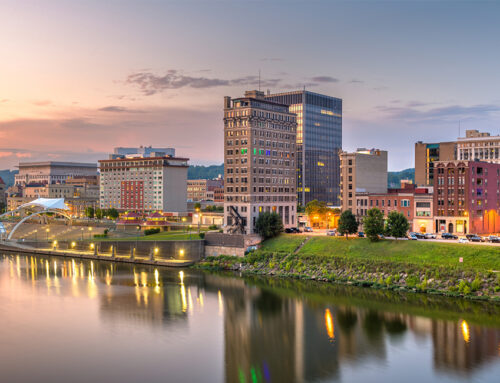
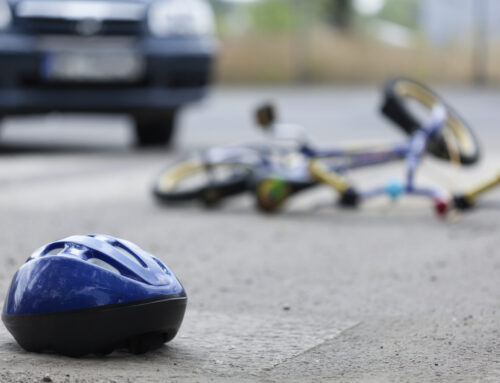
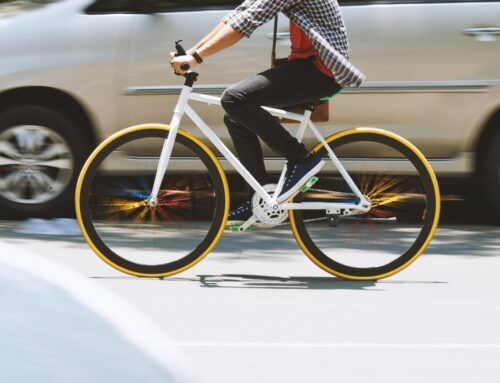
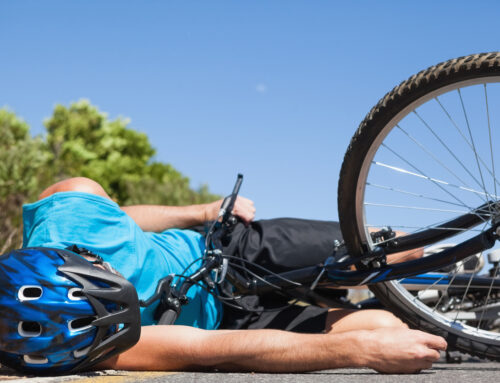
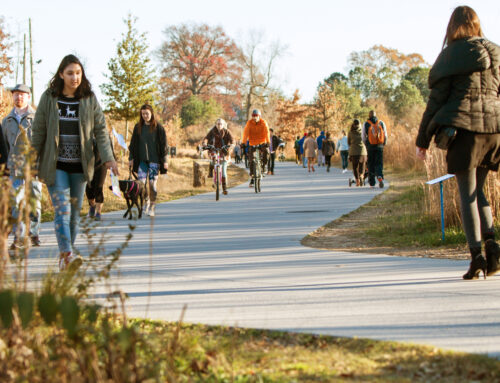
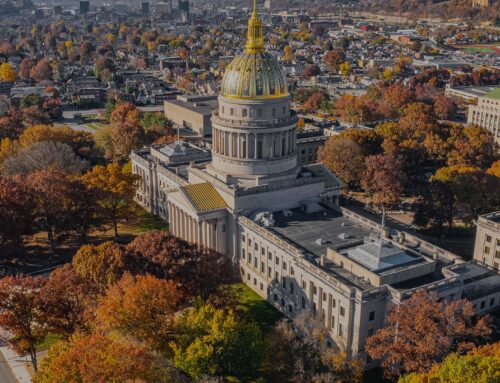
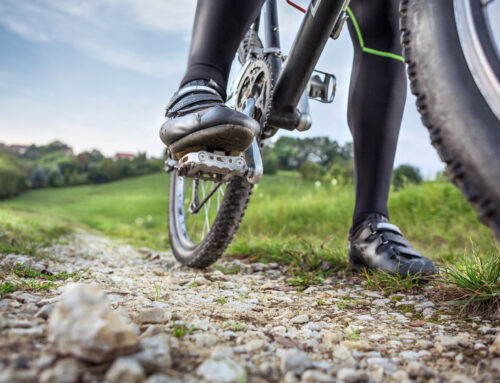
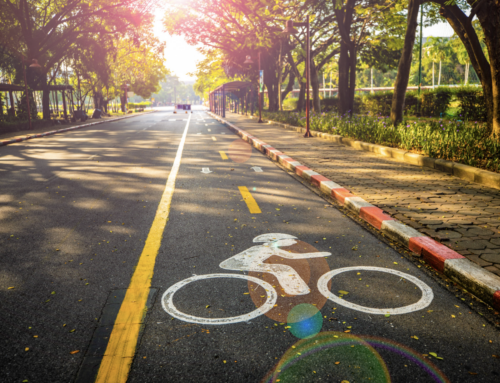
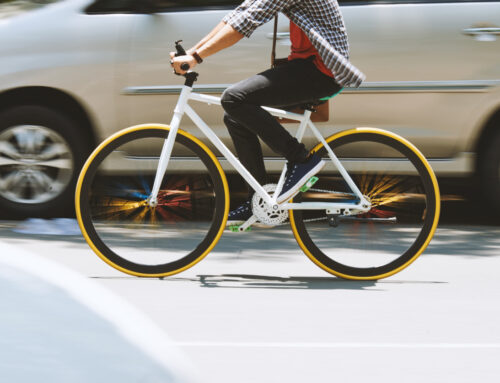
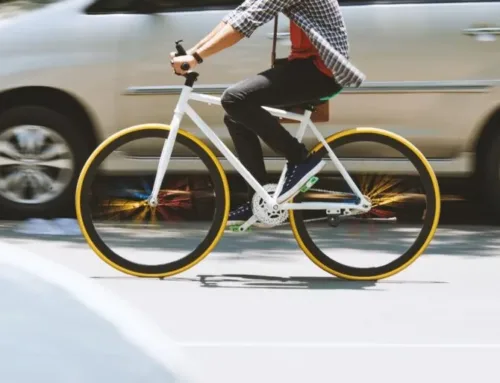
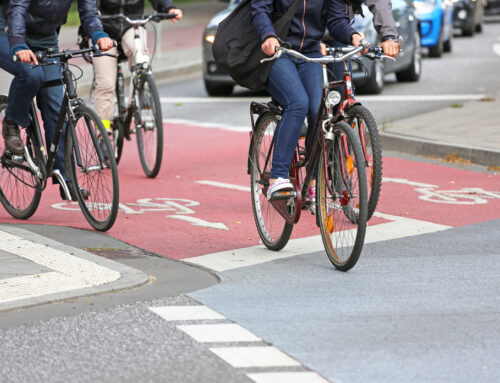
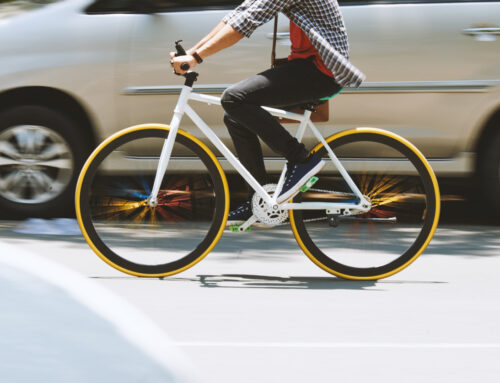
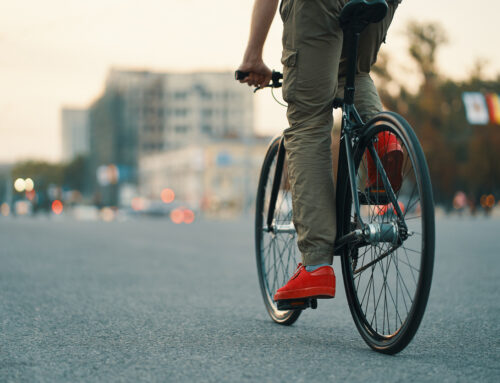
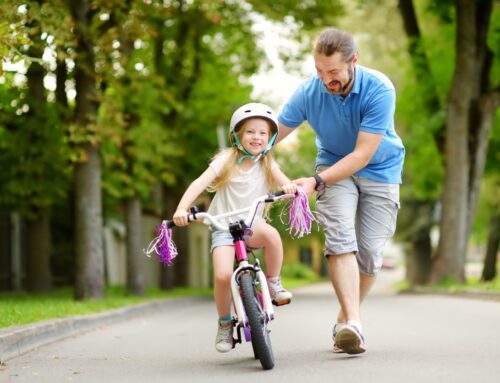
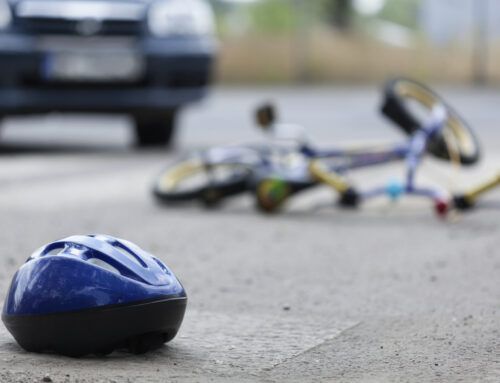
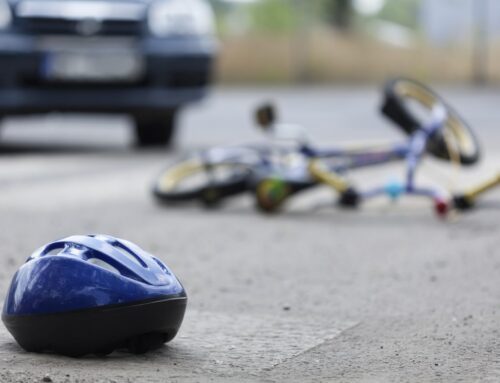
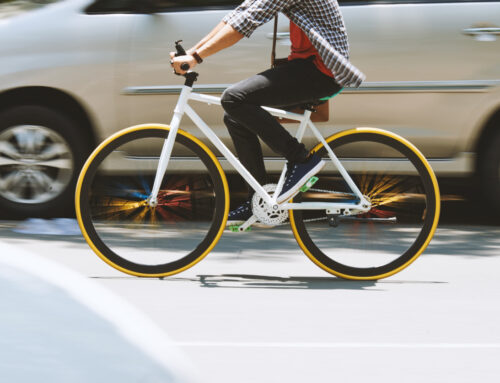

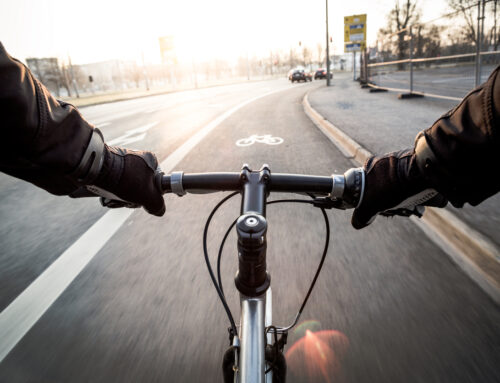
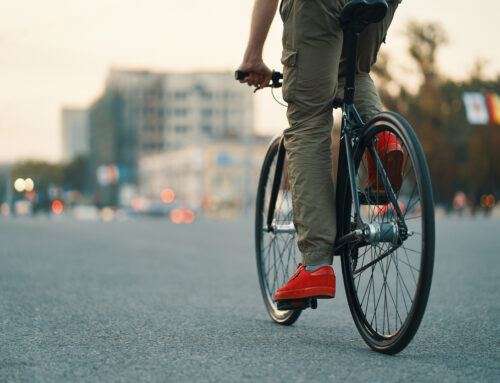
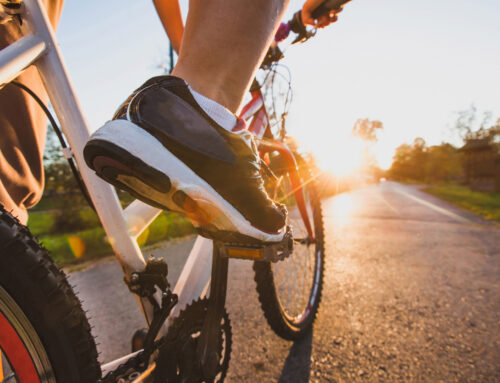
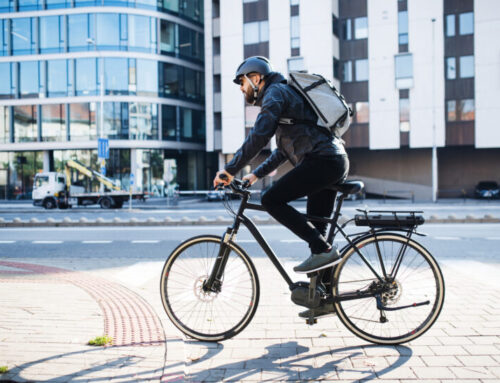
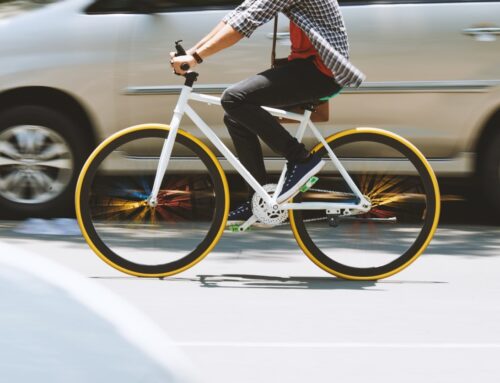
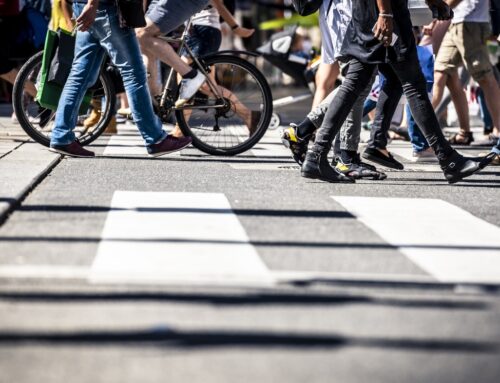
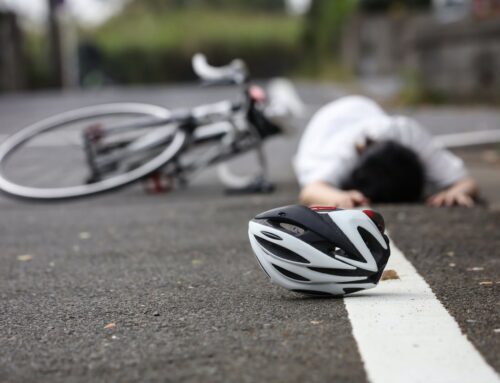
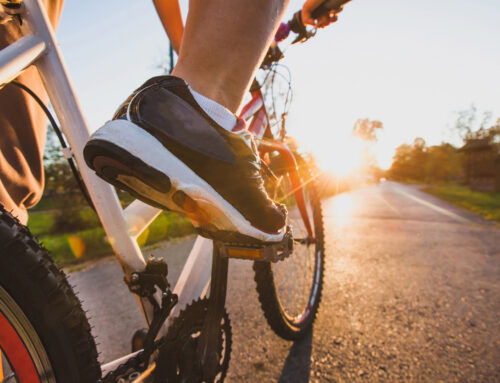
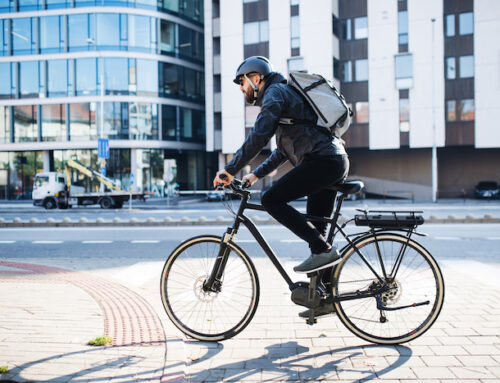
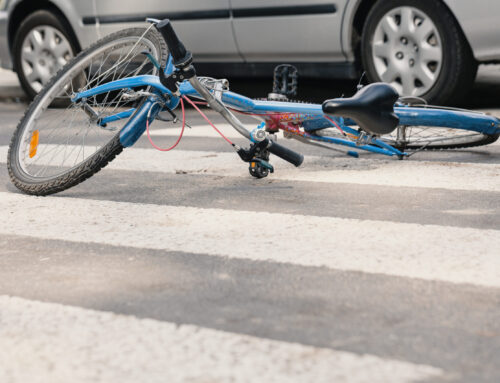
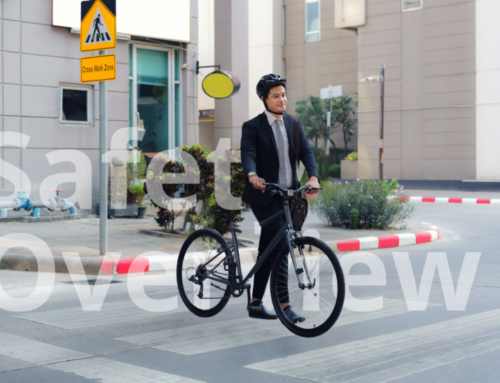
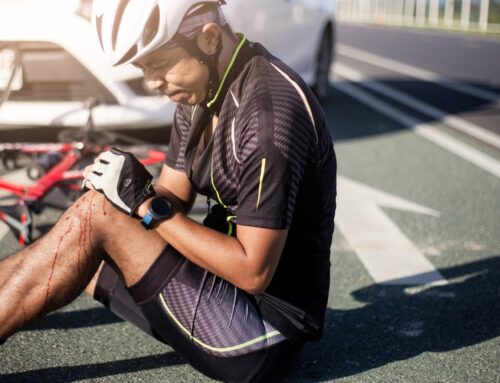
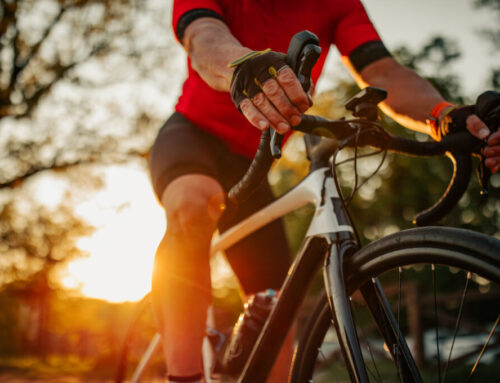
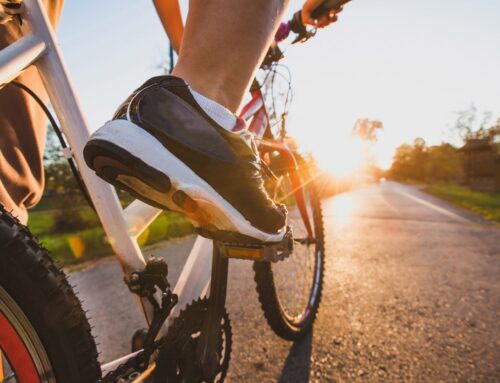
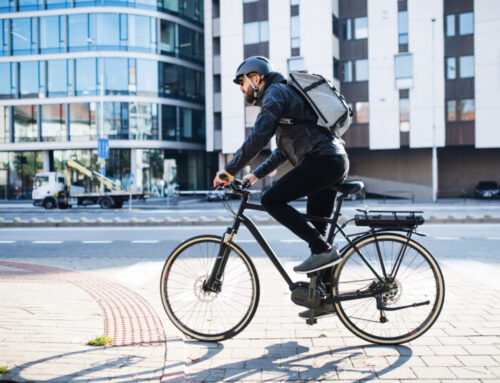
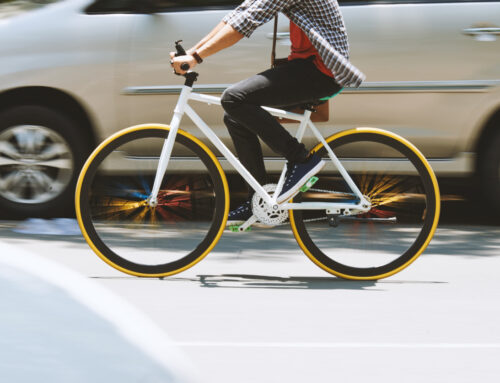
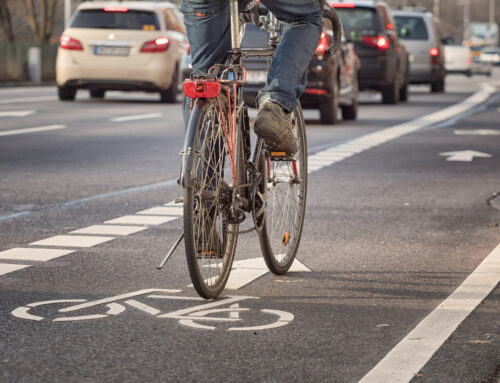
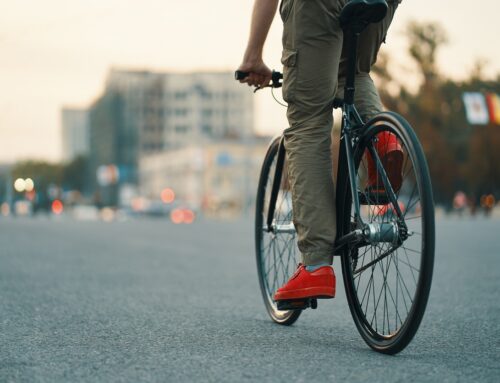
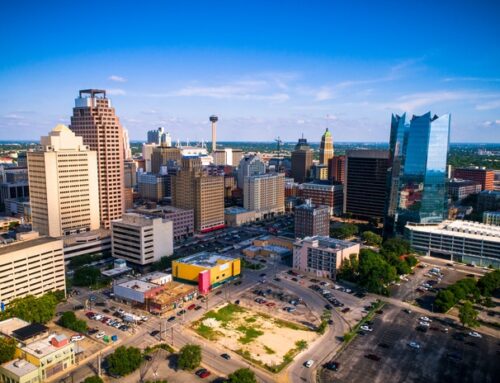
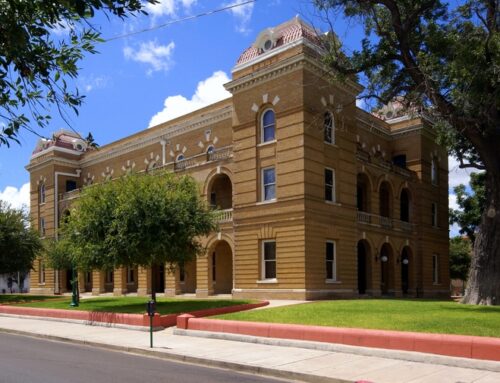
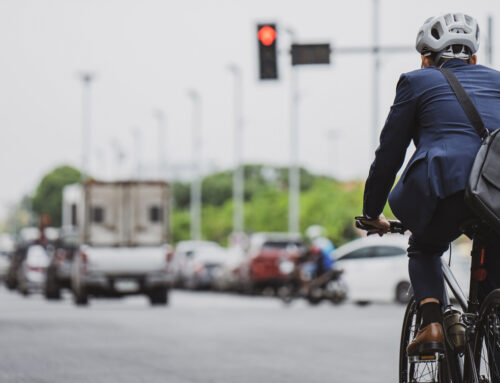
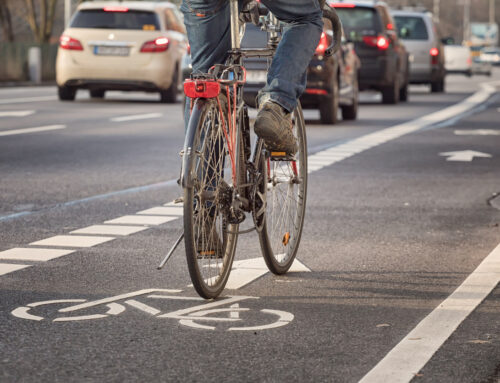
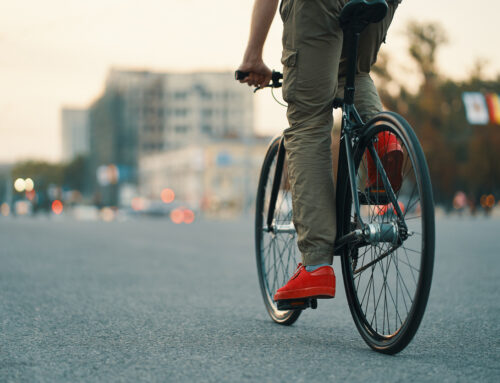
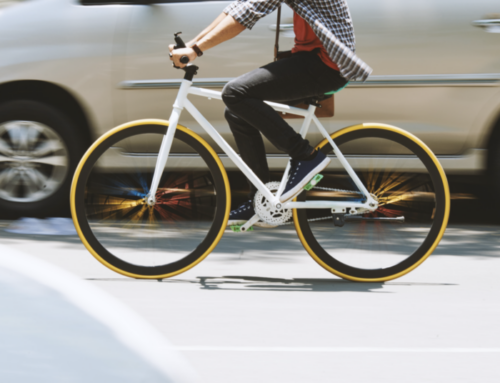
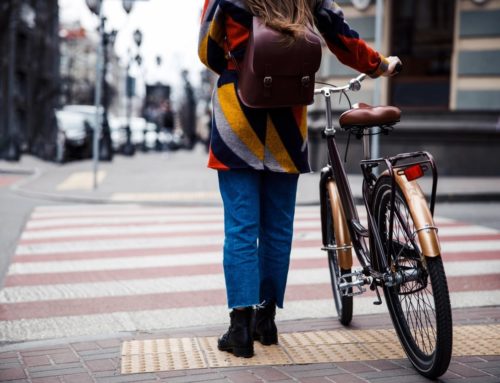
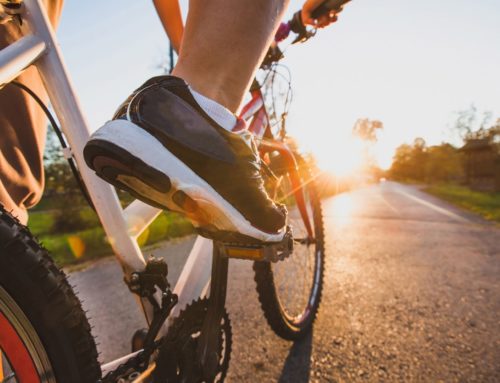
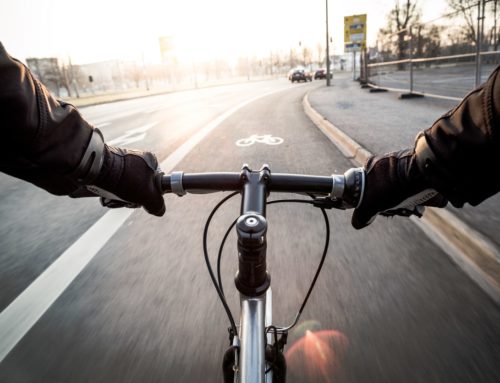
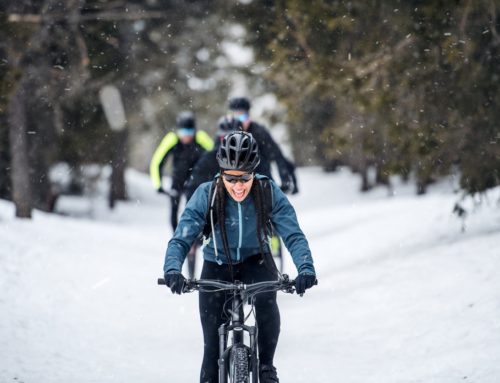
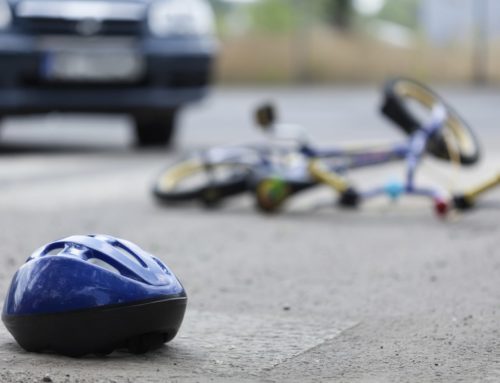
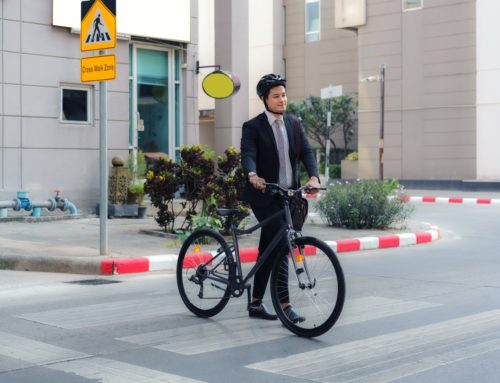
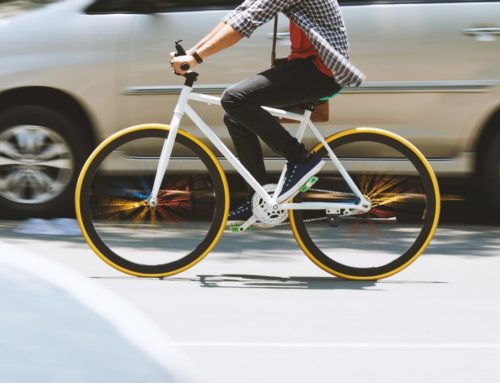
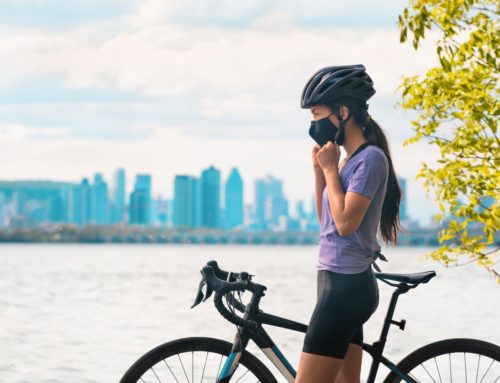
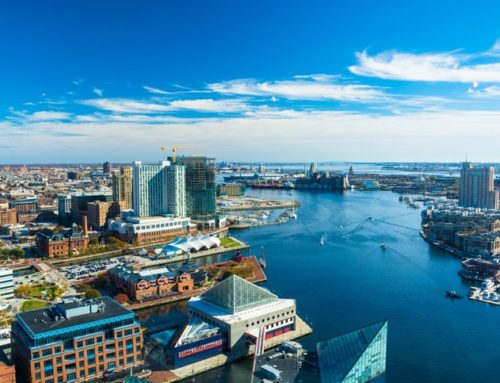
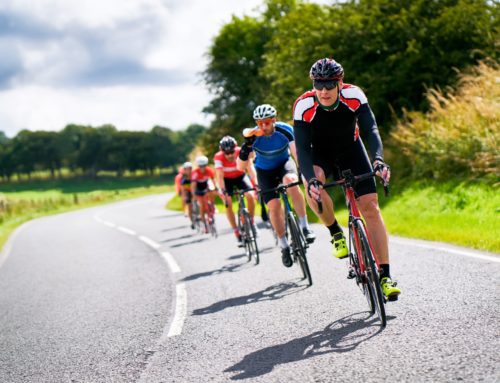
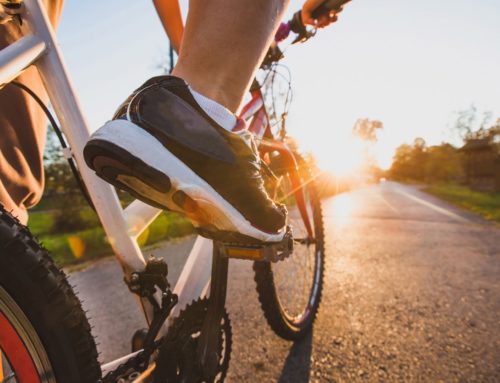
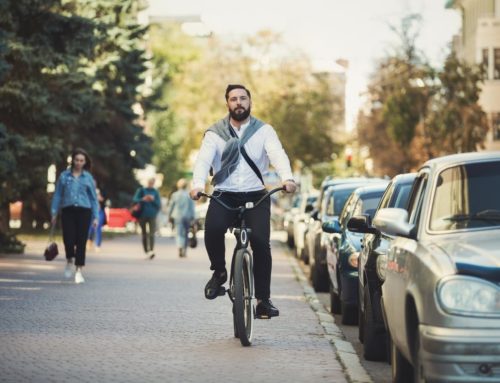
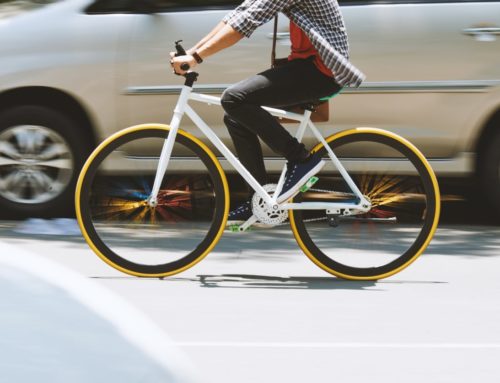
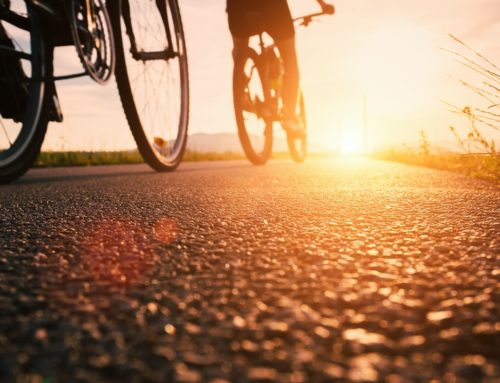
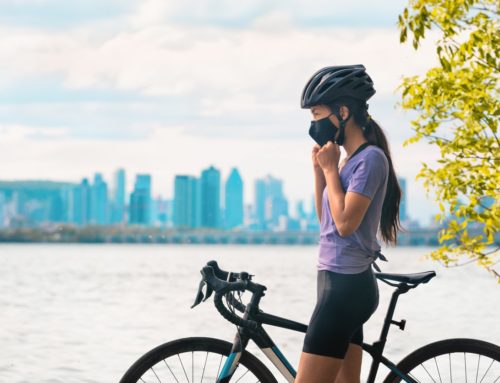
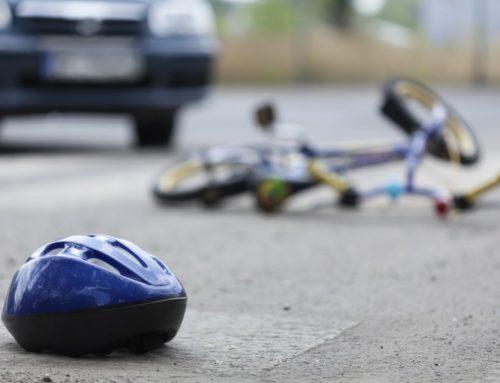
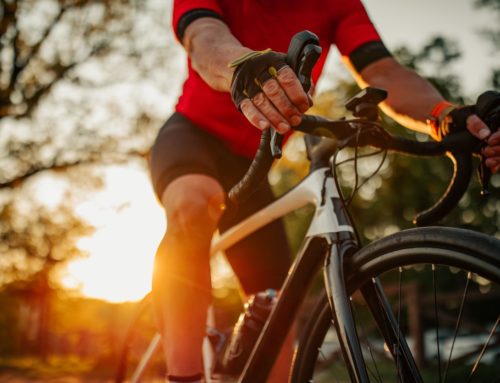
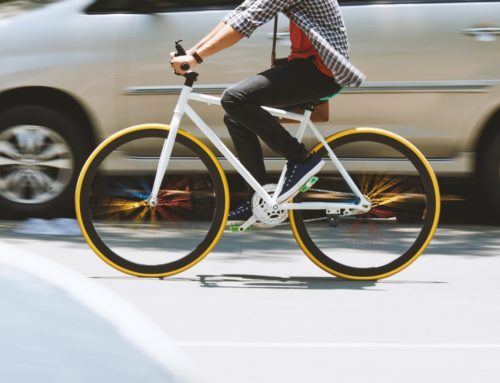
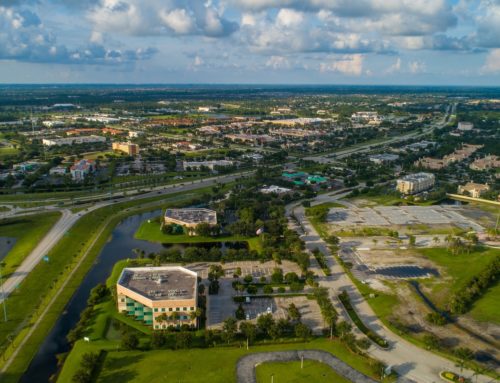
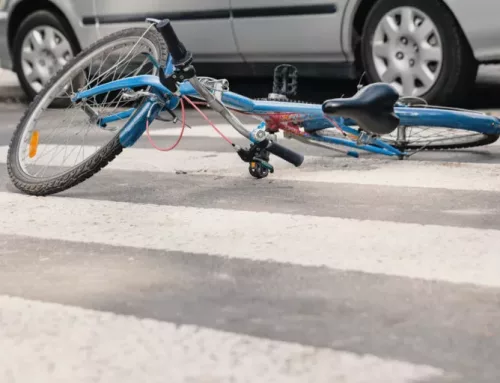
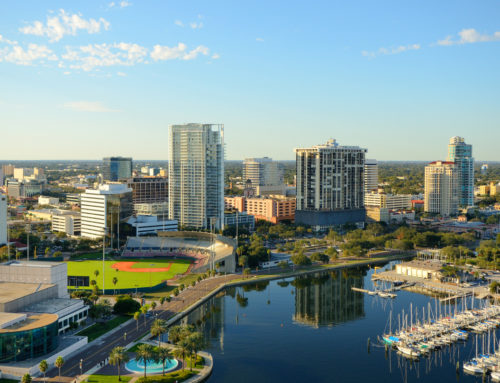
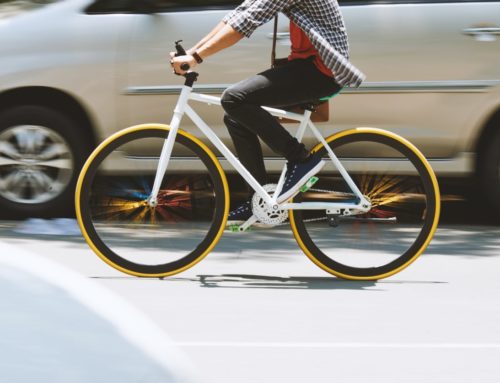
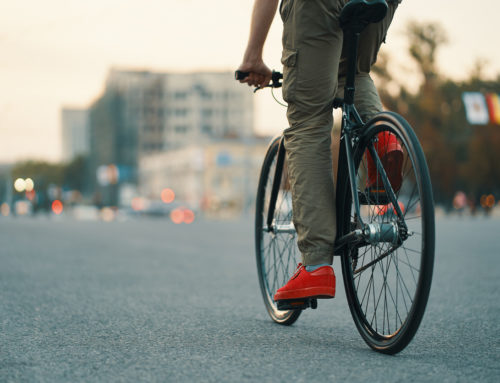
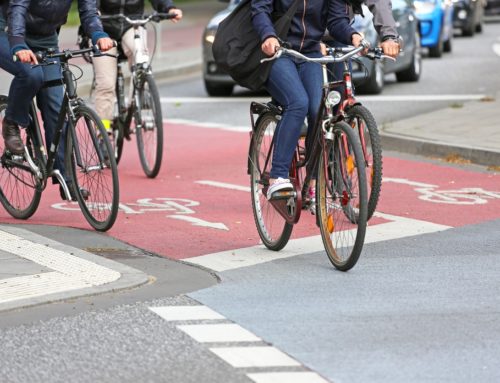
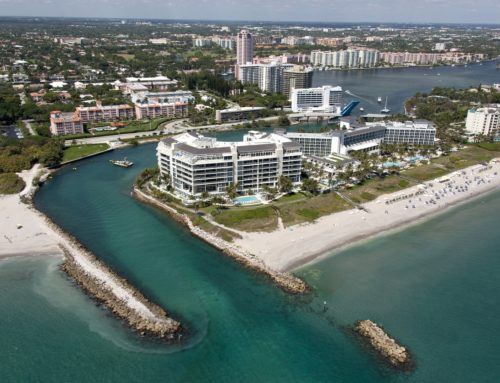
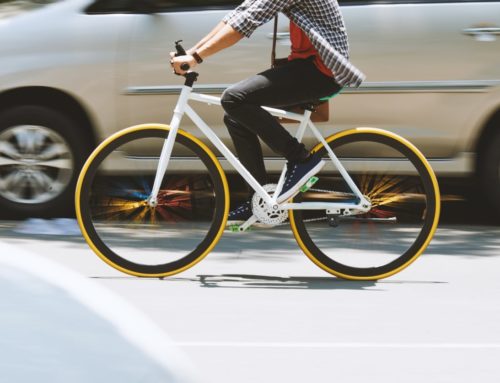
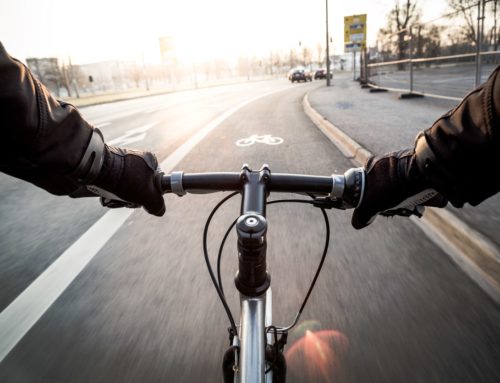
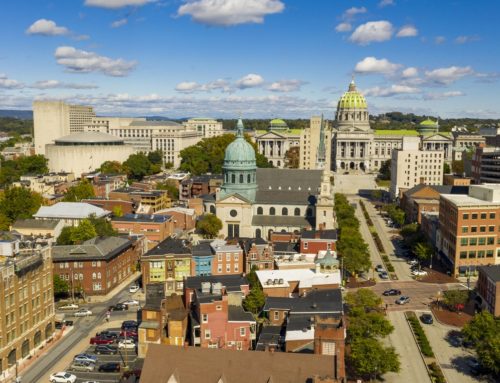
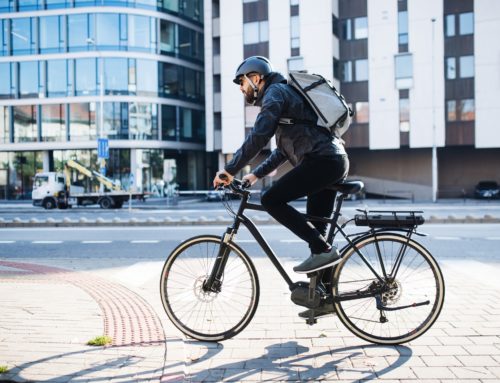
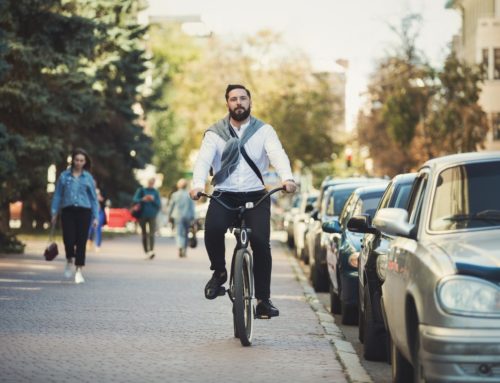
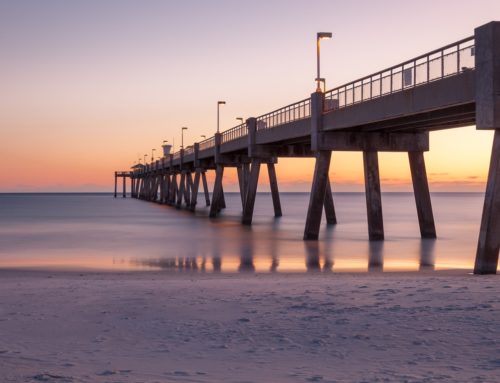
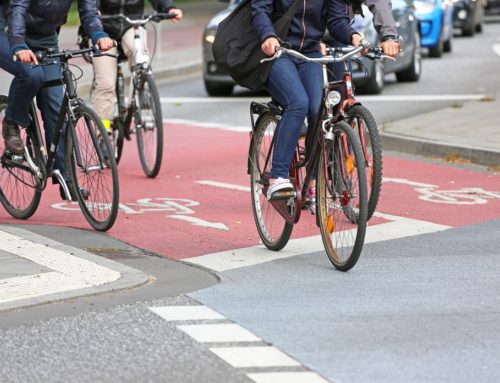
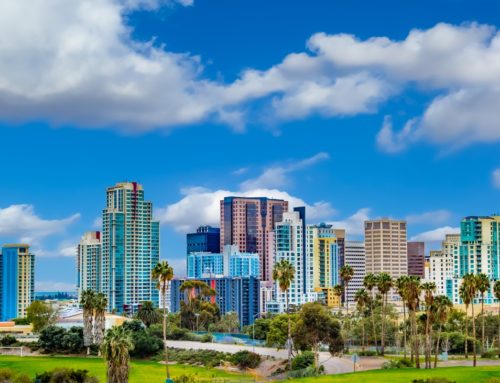
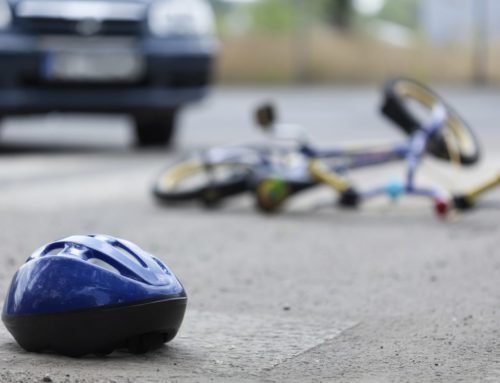
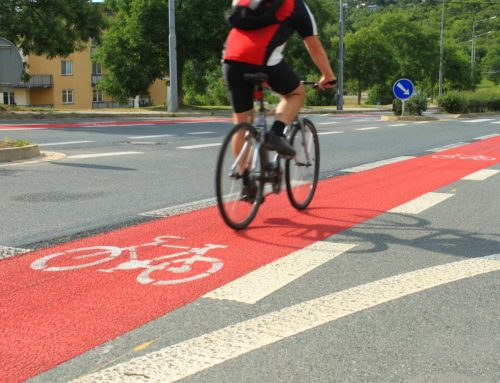
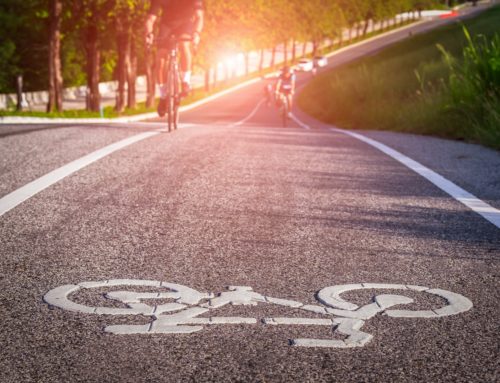
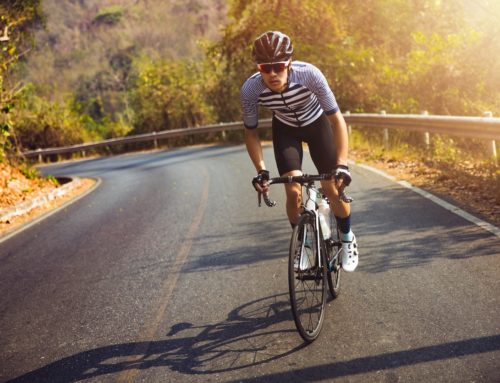
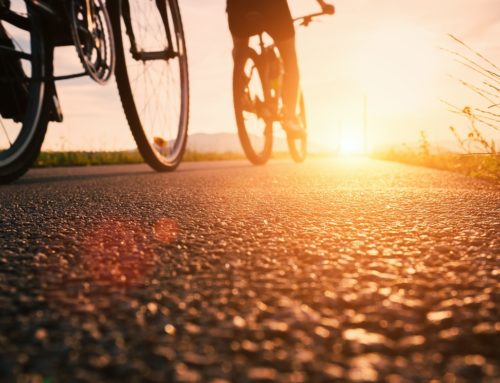
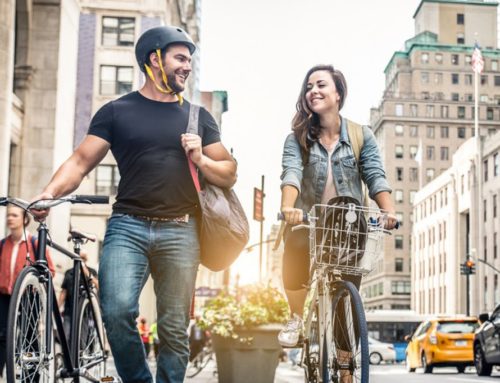
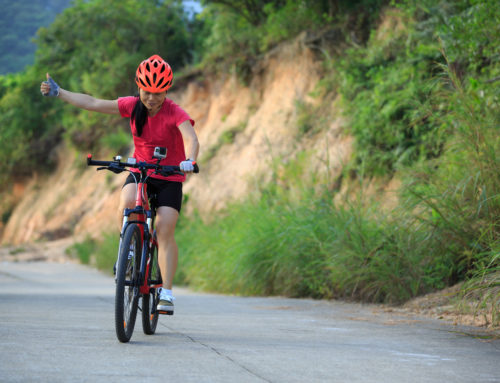
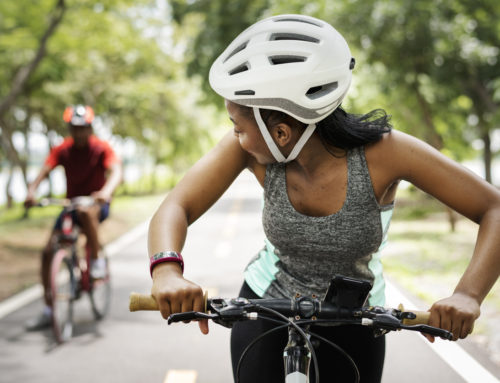
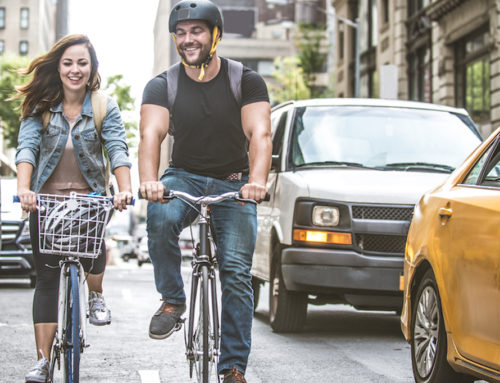
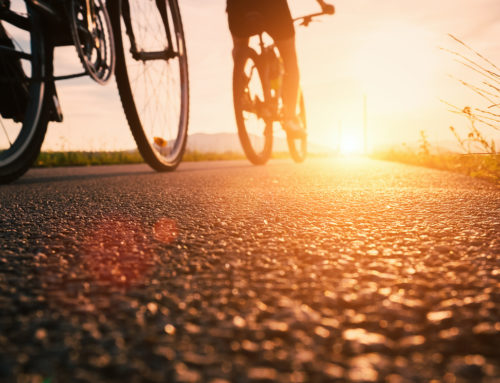
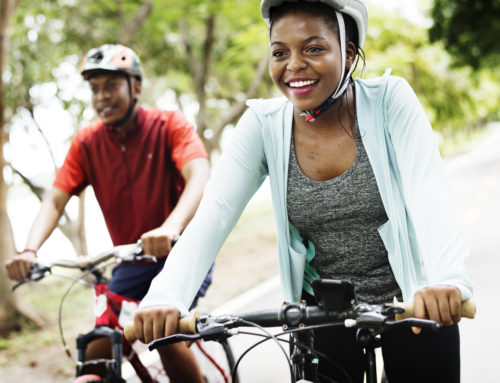
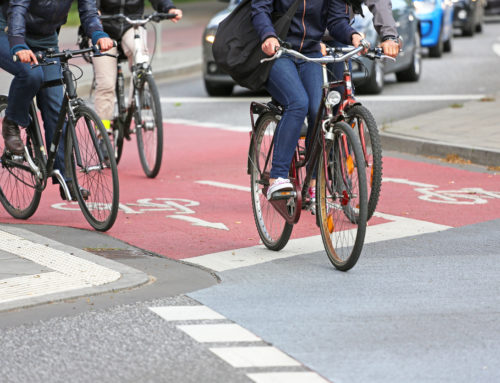
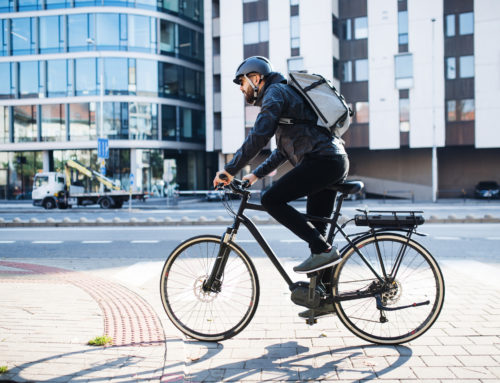
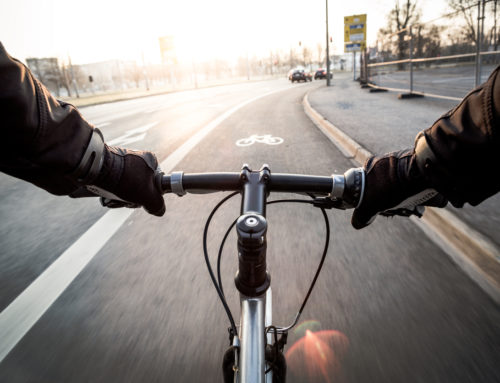

Leave A Comment